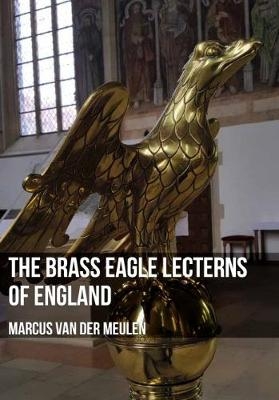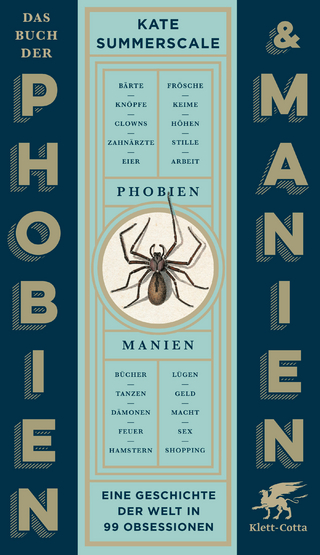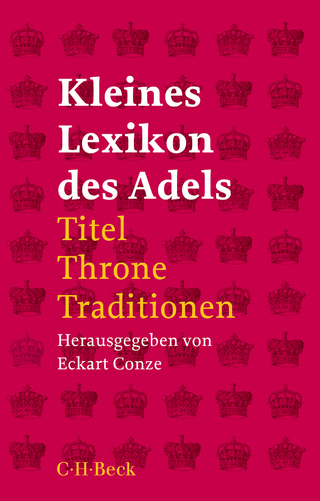
The Brass Eagle Lecterns of England
Seiten
2017
Amberley Publishing (Verlag)
978-1-4456-6820-8 (ISBN)
Amberley Publishing (Verlag)
978-1-4456-6820-8 (ISBN)
The story of the wonderful brass eagle lecterns of England
The brass eagle lectern is regarded as a quintessential piece of English church furniture which reflects the wealth of late medieval English towns and their connections with Europe. Many are products of the Victorian age inspired by their early Tudor counterparts. In this fascinating book, the author traces the development of the lecterns from the tenth century and provides a comprehensive picture of the lecterns found in East Anglia (where most of the early lecterns are located) and throughout the whole of England, including the ones used in Cambridge and Oxford colleges. The author makes a close analysis of the lecterns with information on the materials they were made from, the centres of their manufacture and explanations of iconography.
Including the story of Oundle, where a lectern was found in the River Nene in the early nineteenth century, where it was probably hidden before the dissolution of Fotheringhay College, not to mention the beautiful pelican lectern in Norwich Cathedral, and the reason why some eagle lecterns have open beaks, this book provides all the information you need about an often seen but little understood piece of church furniture.
The brass eagle lectern is regarded as a quintessential piece of English church furniture which reflects the wealth of late medieval English towns and their connections with Europe. Many are products of the Victorian age inspired by their early Tudor counterparts. In this fascinating book, the author traces the development of the lecterns from the tenth century and provides a comprehensive picture of the lecterns found in East Anglia (where most of the early lecterns are located) and throughout the whole of England, including the ones used in Cambridge and Oxford colleges. The author makes a close analysis of the lecterns with information on the materials they were made from, the centres of their manufacture and explanations of iconography.
Including the story of Oundle, where a lectern was found in the River Nene in the early nineteenth century, where it was probably hidden before the dissolution of Fotheringhay College, not to mention the beautiful pelican lectern in Norwich Cathedral, and the reason why some eagle lecterns have open beaks, this book provides all the information you need about an often seen but little understood piece of church furniture.
Marcus van der Meulen studied Architecture and Interior Architecture at Leuven University and has a degree in Monument Preservation from the Institute of Conservation & Restoration in Ghent, and took courses in Architectural History at Cambridge University. Marcus is a member of the Ghirardacci Study Centre (Bologna University) and currently researches the war memorials of Ypres as part of the Place and Form of Grief in Contemporary Cities/Societies conference organized by the Ghirardacci Study Centre. He is a member of the FRH Networking Committee.
| Erscheinungsdatum | 28.09.2017 |
|---|---|
| Zusatzinfo | 70 Illustrations |
| Verlagsort | Chalford |
| Sprache | englisch |
| Maße | 165 x 234 mm |
| Gewicht | 285 g |
| Themenwelt | Geisteswissenschaften ► Geschichte ► Regional- / Ländergeschichte |
| Geschichte ► Teilgebiete der Geschichte ► Kulturgeschichte | |
| Technik ► Architektur | |
| ISBN-10 | 1-4456-6820-3 / 1445668203 |
| ISBN-13 | 978-1-4456-6820-8 / 9781445668208 |
| Zustand | Neuware |
| Haben Sie eine Frage zum Produkt? |
Mehr entdecken
aus dem Bereich
aus dem Bereich
der stille Abschied vom bäuerlichen Leben in Deutschland
Buch | Hardcover (2023)
C.H.Beck (Verlag)
23,00 €
eine Geschichte der Welt in 99 Obsessionen
Buch | Hardcover (2023)
Klett-Cotta (Verlag)
22,00 €
Titel, Throne, Traditionen
Buch | Softcover (2023)
C.H.Beck (Verlag)
19,95 €


